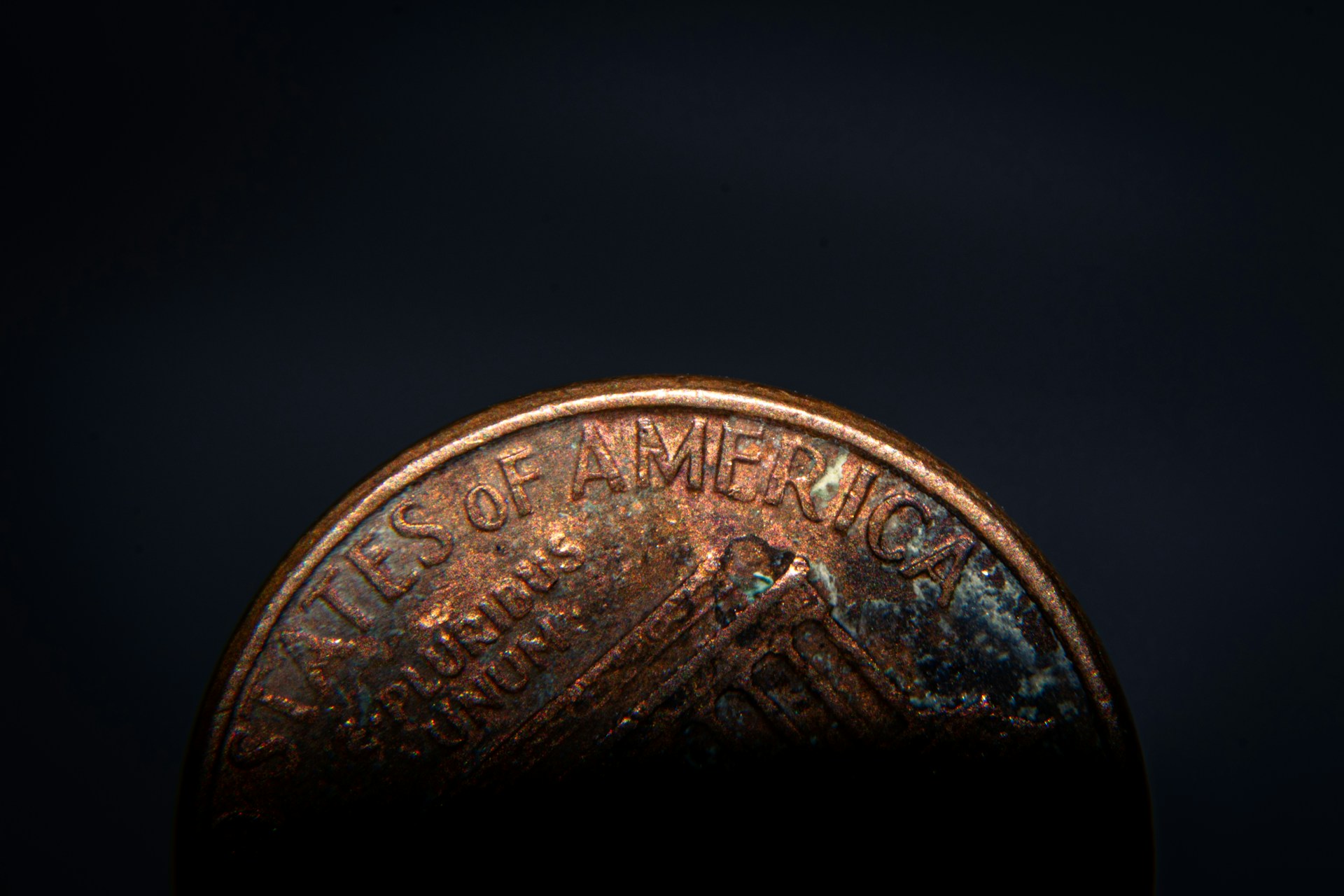Politics
U.S. Stops Minting Pennies
By Jake Beardslee · November 13, 2025

The United States is entering a post-penny era after more than two centuries of production, following President Donald Trump’s February order directing the Treasury Department to stop minting the one-cent coin. His decision echoed a 2025 recommendation from the then-Elon-Musk–led Department of Government Efficiency, which urged ending the penny because producing 4.5 billion of them in Fiscal Year 2023 cost taxpayers more than $179 million. According to the U.S. Mint’s own annual report, each penny costs 3.69 cents to make.
As production winds down, retailers nationwide are already confronting shortages. Some stores have resorted to rounding cash transactions to the nearest nickel when customers can’t provide exact change, while others are experimenting with voluntary charitable round-ups.
Retail groups say the transition has been chaotic, in part because at least 10 states bar rounding transactions. Austen Jensen, senior executive vice president for government affairs at the Retail Industry Leaders Association, told USA TODAY that thousands of stores have been unable to access pennies, “leaving businesses to try to sort out the complicated issues that have arisen as the coins have become scarce.” He added that “Congress understands the magnitude of the problem and we’re optimistic once the government reopens, lawmakers will move to take up this issue and provide businesses with the needed clarity.”
The accounting firm PwC has also warned that changes to currency use could complicate point-of-sale systems, sales tax collection and reporting, and compliance. Without clear federal or state standards for rounding, different approaches across jurisdictions could expose businesses to additional audit risks.
Despite the halt in production, the penny won’t disappear anytime soon. The American Banking Association estimates that roughly 250 billion pennies are still in circulation.
Even the nickel could be at risk eventually. The Mint says each costs more than 13 cents to produce, but rounding purchases to the nearest dime could impose significantly higher costs on consumers—around $56 million compared to roughly $6 million for nickel-level rounding. That makes the case for eliminating the nickel far less straightforward.
Efforts to abandon the penny have surfaced periodically for decades. The Price Rounding Act of 1989 would have scrapped the coin and mandated rounding to the nearest five cents, but it failed, as did later proposals. The 2017 COINS Act, introduced by Sens. John McCain and Mike Enzi, suggested a 10-year suspension of penny minting before reassessing whether to resume or abandon production.
The penny’s origins date back to the Mint’s founding in 1792, when the first one-cent coins featured a woman symbolizing liberty. Abraham Lincoln replaced her image in 1909 for his 100th birthday, becoming the first president depicted on U.S. currency.
Despite rumors of sky-high values for ordinary pennies, most remain worth exactly one cent. The rare exceptions are 1943 copper Lincoln wheat pennies, mistakenly produced during World War II. Depending on condition, surviving examples would likely be worth between $100,000 and $250,000, said John Feigenbaum, publisher of the Greysheet coin guide and executive director of the Professional Numismatists Guild, in an interview with USA TODAY. But for most Americans, the real value lies in the jars, cups, and drawers full of spare change at home—typically $60 to $90 per household, according to the Federal Reserve.